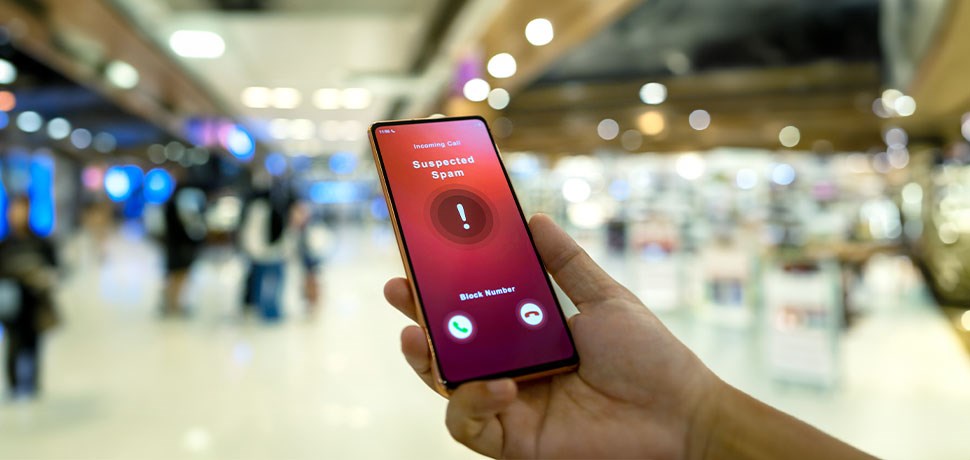
Smartphones are becoming a big target for hackers. Is your device secure?
Mobile malware is not just a modern inconvenience; it represents a serious threat to the security and financial well-being of both individuals and businesses. This type of malware is particularly underhanded because it targets devices that are integral to our daily lives-our smartphones.
Imagine this common scenario: Dineo, a busy accountant, receives a notification on her phone for a system update. Busy with her day, she clicks without a second thought, unknowingly installing a banking trojan. Days later, she finds out that her bank account had been compromised, and funds were transferred without her consent.
This story is far from unique. Instead, it’s a stark reminder of the sophistication of mobile malware ‘hackers’ who will exploit every opportunity to defraud people, leveraging anything from social engineering to advanced technical vulnerabilities. Malware like banking trojans mimic legitimate apps, deceiving users into entering their financial details, which are then stolen. The really scary element is that they can be bought on the dark web by anyone – no technical expertise is required. It’s a plug and play process that is cheap and effective.
Businesses are increasingly at risk, too. An infected mobile device can serve as a gateway to an organisation’s network, leading to data breaches and service disruptions.
Navigating the Evolving Landscape of Mobile Malware Threats
Cybercrime is big business, and internal hacking organisations are continuously updating and perfecting their products. This means mobile malware is evolving, with polymorphic variants able to change their code to avoid detection, making traditional antivirus programs less effective. Updating apps regularly is essential, but the reality is that as quickly as developers discover – and close – vulnerabilities, the adaptive AI-supported nature of mobile malware is already changing how the malware behaves.
The only completely failsafe way to prevent mobile malware from affecting your smartphone is to remain to remain vigilant and proactive in updating security measures.
For businesses, comprehensive cybersecurity policies and mobile device management (MDM) systems are essential, ensuring all devices, whether company-issued or personal, are secure. But how individuals behave is even more critical.
Be mobile malware savvy
Ultimately, it’s up to you to keep your device safe. Here are a few ways to ensure your device remains malware free:
Stay ahead of criminals
As mobile malware continues to advance in complexity and stealth, our approach to cybersecurity must also evolve. Staying informed about the latest threats and implementing the best practices in digital hygiene can go a long way in safeguarding our personal and professional information and devices. Get more from Sasfin today!